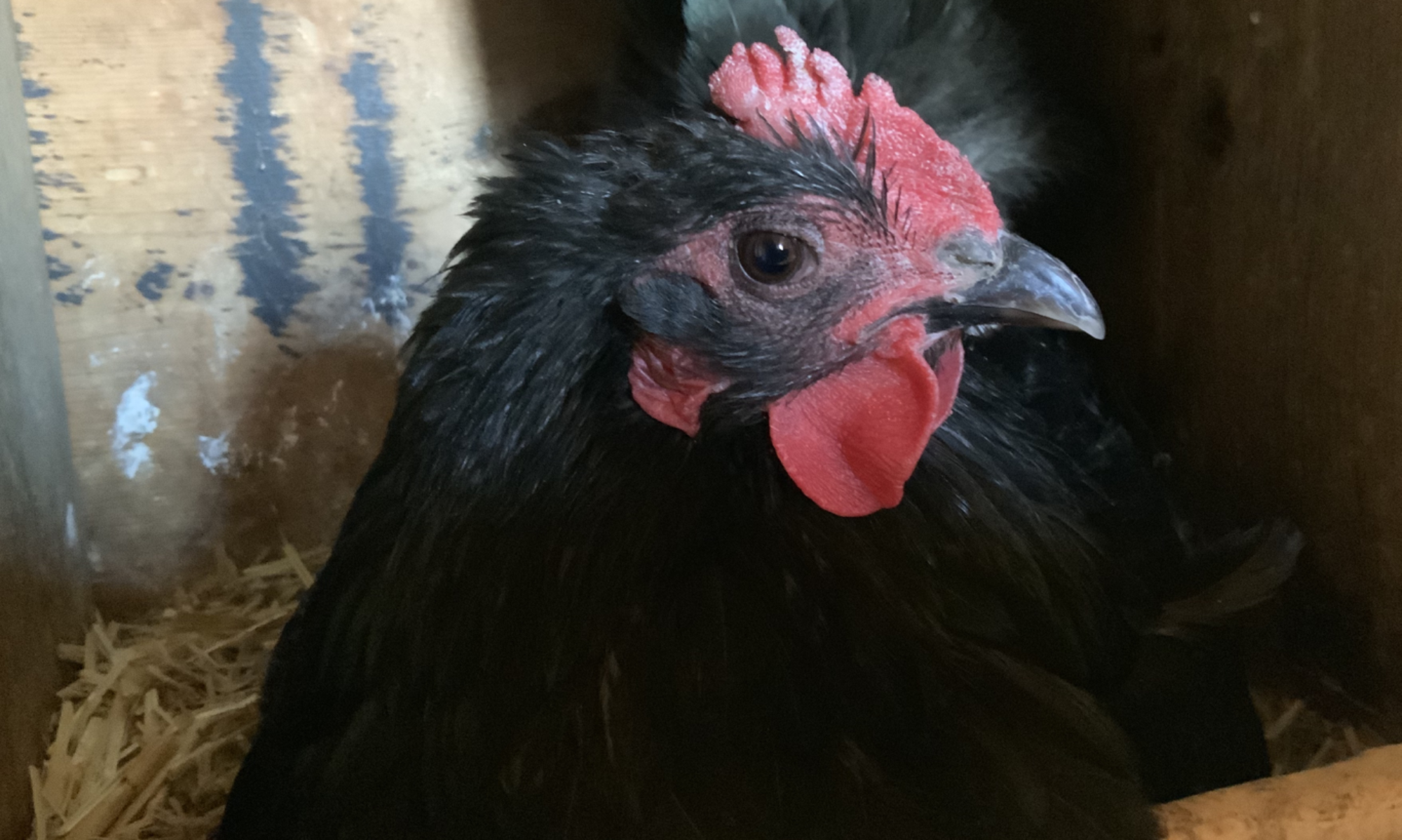Responsible dog breeding, or the breeding of any animal for that matter, is a decision that should not be taken lightly. I have been a part of raising many dogs throughout my life, some were rescue dogs from the pound, some were from backyard breeders and some were from reputable show/obedience dog trainers. I’ve had my favorite dogs and I’ve had ones that about drove me nuts. Different dogs with different personalities appeal to different people. There are probably about as many reasons for breeding your favorite pup as there are for why you got that favorite pup in the first place. There are also a lot of pros and cons for breeding a dog, and there are risks involved that need to be considered as well.

We have a Labrador retriever. She is awesome. She loves to work, play, go on RZR rides, get the mail, and eat! She loves lovin’, being a part of the family, sniffing every blade of grass…twice, and she loves retrieving birds. One day she brought me a pigeon that flew by just a little too close. She is very smart and it was fairly easy for a novice trainer like me to train her. Sometimes I think she trained me on how she wanted me to train her. I did not have her spayed when she was young because I was not sure whether or not I wanted to breed her. She is 3 1/2 years old and I have decided to breed her one time and I know that this is not going to be a money making endeavor.

The Labrador Retriever is one of the most popular dog breeds in Canada, the U.K. and the United States. They are not only a great companion hunting dog, but also just a fun, loving, family dog. They are very social dogs, gentle with children and love just about everybody! They are well known for their intelligence, ease of training, even temperament and eagerness to please and work. Labradors are made for the water. They have a kind of double-coat that is essentially waterproof, webbed toes that help propel them through the water and a thick rudder-like tail. No wonder they are so good at retrieving ducks! They are high energy dogs, initially bred for physically demanding work: hunting and retrieving. Labradors crave physical activity and if they are not worked or exercised everyday, this pent up energy may find it’s release in destructive behavior. My lab gets about 1.5 hours of exercise per day, generally broken up into two or three segments. And whenever anyone comes over, she tries her best to convince them that they really want a turn to play with her!

Along with all their really great characteristics and traits come a couple of significant health issues. Hip and elbow dysplasia being the major ones. Hip dysphasia is a common ailment in large breed dogs. It is a genetic trait affected by environmental conditions. Because it is a genetic trait, it is recommended that both parents have their hips x-rayed to rule out any malformations of the hip joints before breeding. If their x-rays indicate no malformations, the dog can be OFA (Orthopedic Foundation for Animals) certified. Canine elbow dysplasia is another condition that is thought to affect approximately 20% of labradors. Again, this disease has genetic components and in trying to prevent this condition in future generations, x-raying the parent’s elbows is recommended. If breeding a large dog, x-raying the hips and elbows should be given serious consideration. Although not 100% foolproof, breeding only dogs who have genetically sound looking hips and elbows can dramatically reduce the chances of passing a debilitating condition on to their pups.
Today I had Sasha’s hips and elbows x-rayed. It sounds like a simple procedure, a pretty routine, non-invasive kind of thing. But again, there is always a risk. The only way to get a good clear x-ray of a dog’s hips and elbows is to put them under anesthesia, and there is always the chance that they might not come out of the anesthesia or they could be allergic to it. You also need to make sure your female is not in season or pregnant at the time this procedure is done. If you want the results to be OFA certified, you need to provide the dog’s registered name and AKC number at the time of x-raying and your dog must have a micro-chip. I was a little nervous when I left Sasha at the vet’s office, and I was relieved when I went to pick her up and they brought her out to me, staggering a wee bit. She had done great for the procedure and the vet did not see any noticeable signs to be concerned about, but it’s the OFA panel that get to be the final judges. We should hear the results of her x-rays in the next couple of weeks. If everything looks good, we will move on to the next step in the breeding process, finding a suitable, complimentary mate that will produce a litter of high quality hunting/working dogs.

I would be interested in hearing your experience with dog breeding.
Resources:
https://www.labradortraininghq.com/labrador-health-and-care/how-much-exercise-does-a-labrador-need/#Labradors_Are_a_High_Energy_Breed
https://www.akc.org/dog-breeds/labrador-retriever/

